Essential Search Visibility Metrics for Online Growth


Everyone wants their website to show up first when someone Googles a question. Here is what most people miss. A recent study found that over 90 percent of clicks go to results on the first search page. That means one small boost in your search visibility metrics could mean thousands of extra visitors but getting there takes more than guesswork and wishful thinking.
Table of Contents
- What Are Search Visibility Metrics
- Key Metrics to Track and Analyze
- Best Tools for Measuring Search Visibility
- Using Metrics to Drive Business Results
Quick Summary
| Takeaway | Explanation |
|---|---|
| Search visibility metrics are essential for online performance | They assess how effectively a website ranks on search engines, impacting organic traffic and overall visibility. |
| Focus on CTR and keyword rankings | High click-through rates and strong keyword rankings are indicators of effective content that matches user intent. |
| Use professional SEO tools for analysis | Tools like Google Search Console and SEMrush provide insights into search performance and competitive positioning. |
| Metrics drive data-driven decision making | Connecting visibility metrics to business goals helps refine strategies for attracting high-quality traffic and improving conversions. |
| Continuous monitoring ensures adaptability | Regularly track search visibility metrics to identify opportunities and adjust strategies as market conditions change. |
What Are Search Visibility Metrics
Search visibility metrics represent critical performance indicators that reveal how effectively a website appears and ranks in search engine results pages (SERPs). These quantitative measurements provide digital marketers and business owners insights into their online presence and potential for attracting organic traffic.
Understanding Core Search Visibility Components
Search visibility is not a single metric but a comprehensive analysis of multiple interconnected factors. Research from information retrieval science highlights key measurement approaches like precision and click-through rate (CTR) that help evaluate search performance.
Precision measures the fraction of retrieved documents that are genuinely relevant to a user's search query. This means not just ranking high, but ranking for precisely the right content that matches user intent. CTR represents the ratio of users who click on a specific search result compared to the total number of users who view that page.
Calculating Search Visibility Performance
To comprehensively assess search visibility, professionals analyze multiple interconnected metrics. Keyword Rankings track a website's position for specific search terms. Organic Traffic Volume measures the number of visitors arriving through search engines. Domain Authority evaluates the overall credibility and potential ranking power of a website.
- Keyword Rankings: Determine how high your pages appear for targeted search queries
- Organic Traffic: Quantify visitors arriving through non-paid search results
- Domain Authority: Assess overall website credibility and potential search performance
Searching for meaningful metrics requires understanding nuanced performance indicators. While raw numbers provide initial insights, the context of these metrics determines their true strategic value. Businesses must look beyond surface-level data to comprehend the deeper implications of their search visibility performance.
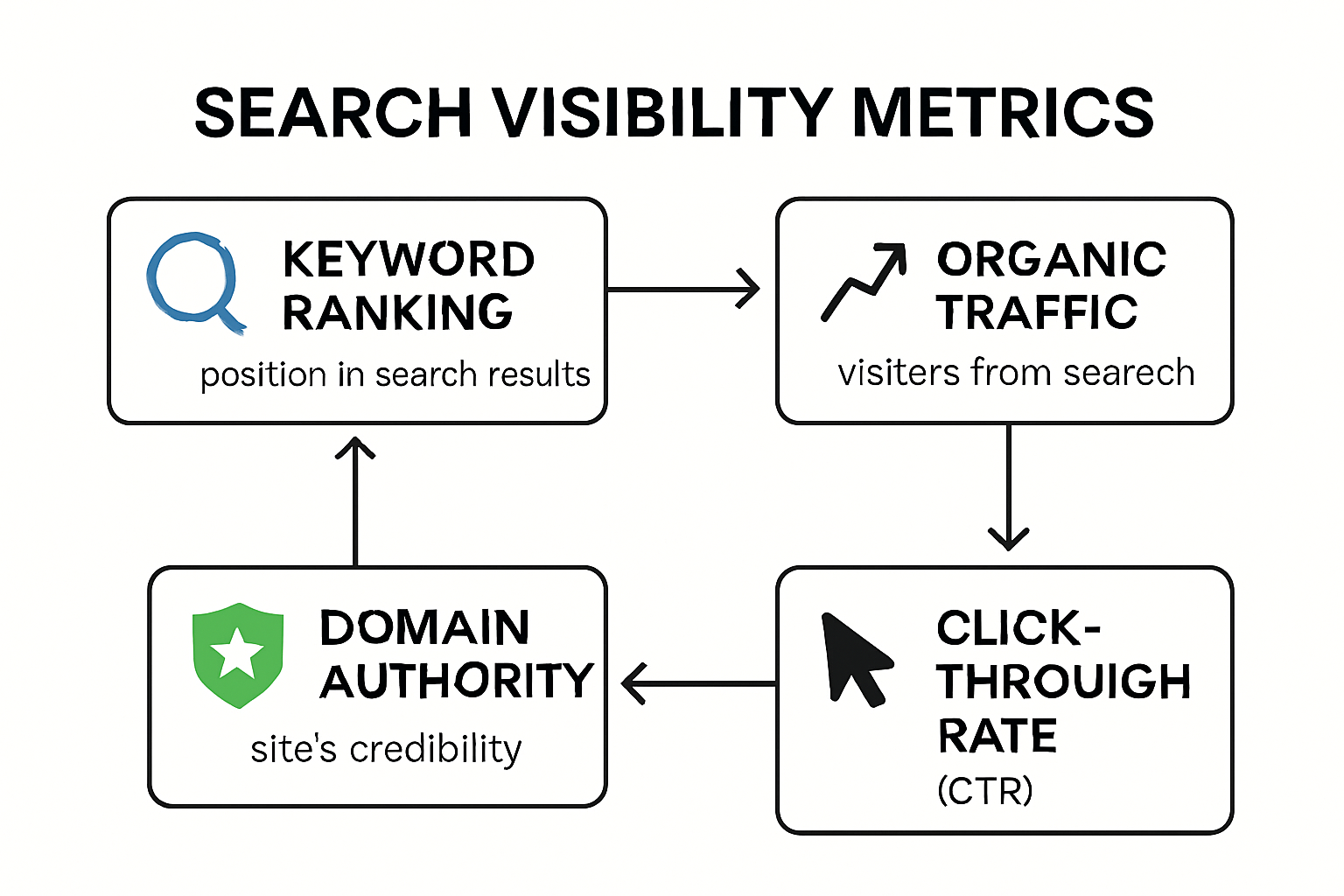
The goal of tracking search visibility metrics extends beyond mere numerical tracking. These measurements help organizations understand user behavior, refine content strategies, and make data-driven decisions that improve online discoverability and engagement.
Strategic Importance of Search Visibility Analysis
Effective search visibility analysis transforms raw data into actionable strategic insights. By monitoring these metrics consistently, businesses can adapt their digital strategies, optimize content, and improve their overall online presence.
Understanding search visibility metrics requires a holistic approach that combines technical analysis with strategic thinking. Successful digital marketing depends on interpreting these metrics not just as numbers, but as dynamic indicators of online performance and potential growth opportunities.
Key Metrics to Track and Analyze
Tracking the right search visibility metrics transforms raw data into strategic insights that drive digital marketing success. According to AgencyAnalytics, organic search visibility represents a critical key performance indicator that measures how prominently a website appears in search engine results.
Foundational Search Performance Metrics
Several core metrics provide a comprehensive view of search visibility and website performance. Organic Traffic serves as a primary indicator of search effectiveness. This metric reveals the number of visitors arriving through non-paid search results, directly reflecting your content's ability to attract and engage potential customers.
Click-through rate (CTR) offers another crucial measurement. This metric calculates the percentage of users who click on your search result compared to the total number of users who view it. A high CTR indicates that your page titles and meta descriptions effectively capture user attention and match search intent.
Advanced Search Visibility Analysis
Beyond basic traffic measurements, sophisticated search visibility tracking involves deeper analytical approaches. Keyword Ranking Performance provides granular insights into how individual pages and specific search terms perform. Tracking keyword positions helps businesses understand their content's relevance and competitive positioning.
- Position Tracking: Monitor rankings for target keywords across search engines
- Keyword Diversity: Analyze the range of search terms driving traffic
- Competitive Benchmarking: Compare performance against industry competitors
Domain authority represents another critical metric that aggregates multiple signals of website credibility. This comprehensive score considers factors like backlink quality, content relevance, and overall site structure. A higher domain authority typically correlates with improved search visibility and ranking potential.
Strategic Metric Interpretation
Interpreting search visibility metrics requires more than surface-level number reading. Successful digital marketers understand that these metrics tell a nuanced story about online performance. Context matters significantly. A slight drop in rankings might reveal opportunities for content optimization, while consistent performance could indicate stable market positioning.
The most effective approach combines quantitative analysis with strategic thinking. Metrics should prompt questions: Why are certain keywords performing better than others? What content strategies can improve current search visibility? How do current performance indicators align with broader business objectives?
Continuous monitoring and adaptive strategy represent the cornerstone of effective search visibility management. By treating metrics as dynamic insights rather than static numbers, businesses can develop responsive digital marketing approaches that evolve with changing search landscapes and user behaviors.
Best Tools for Measuring Search Visibility
Measuring search visibility requires sophisticated tools that provide comprehensive insights into website performance and online presence. According to UCLA Library's research visibility guide, effective measurement goes beyond simple tracking and involves nuanced analysis of multiple performance indicators.
Professional SEO Analytics Platforms
Top-tier SEO tools offer comprehensive search visibility measurement capabilities. Google Search Console provides direct insights from the primary search engine, offering detailed performance data about website rankings, search queries, and potential technical issues. This free tool allows webmasters to understand how Google perceives their website and identifies opportunities for optimization.
Other professional platforms like SEMrush and Ahrefs deliver advanced analytics. These tools track keyword rankings, analyze competitor strategies, and provide detailed reports on search visibility trends. They offer features like domain authority tracking, backlink analysis, and comprehensive competitive intelligence.
Comprehensive Metric Tracking Tools
York University Libraries emphasizes the importance of using multiple metrics for a holistic visibility assessment. Advanced tools now integrate various measurement approaches, including:- Keyword Ranking Trackers: Monitor position changes for target search terms
- Organic Traffic Analyzers: Measure visitor volume and engagement
- Competitive Benchmarking: Compare performance against industry competitors
The most effective tools provide real-time data visualization, allowing marketers to quickly interpret complex performance metrics. They transform raw data into actionable insights that guide strategic decision-making.
Specialized Research and Impact Measurement
The University of Newcastle Library's research toolkit highlights specialized tools like Scopus, Web of Science, and Altmetric Explorer. While these platforms originated in academic research, they offer valuable insights for understanding digital visibility across different contexts.These tools go beyond traditional search metrics, incorporating advanced measurements like engagement rates, citation indices, and cross-platform visibility. They help organizations understand not just search rankings, but overall digital impact and audience reach.
Choosing the right search visibility measurement tool depends on specific business needs. Small businesses might prefer cost-effective solutions with essential features, while larger organizations may require comprehensive platforms with advanced analytics and integration capabilities.
To help you compare the most popular tools for measuring search visibility discussed in this article, the following table summarizes their key features and primary uses.
| Tool | Key Features | Typical Use Case |
|---|---|---|
| Google Search Console | Free, direct Google data, technical insights | Website health & basic search analysis |
| SEMrush | Keyword tracking, competitor analysis | Ongoing SEO & comprehensive research |
| Ahrefs | Backlink analysis, domain authority, rankings | Advanced SEO, link building evaluation |
| Scopus | Citation tracking, research impact | Academic/research visibility measurement |
| Web of Science | Citation indices, cross-platform reporting | Research and scholarly metrics |
| Altmetric Explorer | Engagement, cross-channel visibility | Broader digital impact tracking |
Successful search visibility measurement is not about collecting data but interpreting it strategically. The most valuable tools provide context, trend analysis, and actionable recommendations that help businesses continuously improve their online presence and search performance.
Using Metrics to Drive Business Results
Transforming search visibility metrics into tangible business outcomes requires strategic interpretation and targeted action. These performance indicators are not just numbers but powerful tools that can guide critical business decisions and drive sustainable growth.
Strategic Performance Translation
Conversion Rate Optimization represents the most direct method of translating search visibility metrics into business value. By analyzing which keywords and content generate the highest quality traffic, businesses can refine their digital strategies to attract more valuable potential customers.
Understanding the relationship between search performance and business objectives is crucial. Metrics reveal not just traffic volume, but the quality of that traffic. A high-ranking page generating minimal conversions signals the need for content refinement or better targeting.
Data-Driven Decision Making
Effective metric utilization involves connecting search performance to broader business goals. Research from business intelligence experts highlights the importance of transforming raw data into actionable strategic insights.
- Revenue Correlation: Track how search visibility impacts sales and lead generation
- Customer Acquisition: Analyze which search strategies attract highest-value customers
- Content Investment: Determine optimal content creation and optimization strategies
By establishing clear connections between search metrics and business outcomes, organizations can make more informed strategic decisions. This approach moves beyond traditional marketing metrics to create a holistic view of digital performance.
Continuous Improvement Framework
Search visibility metrics provide a continuous improvement framework for digital strategies. Regular analysis allows businesses to:
The steps below outline a continuous improvement framework using search visibility metrics, broken down into a simple process table for clarity.
| Step | Action | Purpose |
|---|---|---|
| 1 | Identify emerging market opportunities | Spot trends and new areas for growth |
| 2 | Adapt to search algorithm requirements | Stay compliant and maintain rankings |
| 3 | Optimize content for engagement | Enhance relevance to attract and convert users |
| 4 | Analyze metrics regularly | Ensure timely response to performance shifts |
| 5 | Refine strategies based on data | Drive ongoing improvements and results |
- Identify emerging market opportunities
- Quickly adapt to changing search algorithm requirements
- Optimize content for maximum audience engagement
Successful businesses treat search visibility metrics as a dynamic strategic tool. They do not simply react to data but proactively use these insights to anticipate market trends, refine targeting, and develop more effective digital marketing approaches.
The most powerful application of search visibility metrics goes beyond technical optimization. It involves understanding the deeper narrative these numbers reveal about customer behavior, market positioning, and potential growth opportunities.
Businesses that master the art of metric interpretation can transform seemingly abstract data points into concrete competitive advantages. By viewing search visibility metrics as strategic intelligence rather than mere performance indicators, organizations can develop more responsive, customer-centric digital strategies that drive meaningful business results.

Frequently Asked Questions
What are search visibility metrics?
Search visibility metrics are performance indicators that assess how well a website ranks in search engine results pages (SERPs), impacting the website's organic traffic and overall visibility.
Why are keyword rankings important in search visibility?
Keyword rankings indicate how high your web pages appear for targeted search terms. They are crucial for assessing content relevance and identifying opportunities for optimization to improve search visibility.
How can I use search visibility metrics to drive business growth?
By analyzing search visibility metrics, businesses can refine their digital strategies, optimize content for user engagement, and connect search performance to broader business goals, ultimately leading to improved conversions and revenue.
What tools can I use to measure search visibility?
Several tools are effective for measuring search visibility, including Google Search Console, SEMrush, and Ahrefs. These platforms provide insights into keyword performance, organic traffic, and competitive analysis.
Unlock Effortless Search Visibility with AI-Driven SEO
If measuring search visibility metrics feels overwhelming or slow, you are not alone. Many businesses struggle to transform data such as keyword rankings, organic traffic, and CTR into real growth. Babylovegrowth.ai is designed for business owners and marketers who want to automate SEO without the hassle of manual content creation or complicated tools. Our platform replaces endless spreadsheets with a personalized 30-day content plan, automated high-ranking articles, and an innovative backlinks exchange system. You will see exactly how automated SEO can turn your insights into visible traffic and genuine business results.
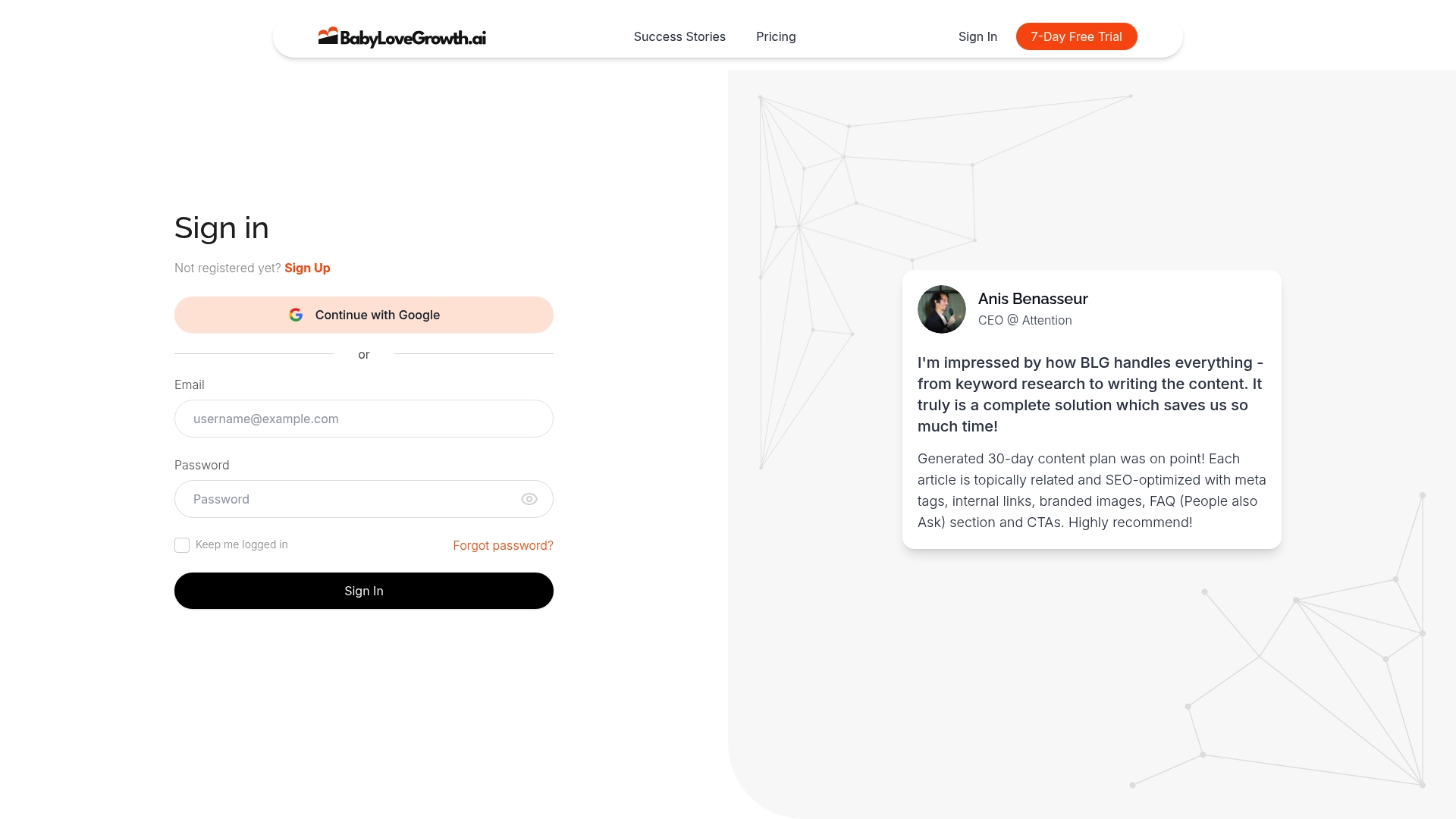
Take the next step today and stop missing out on first-page rankings. Visit Babylovegrowth.ai now to explore our free trial. Experience how easy it is to boost your search visibility and harness the power of AI for your organic growth. See success stories and start your journey toward reliable online performance with Babylovegrowth.ai.
Recommended
Smart SEO,
Faster Growth!
Most Read Articles
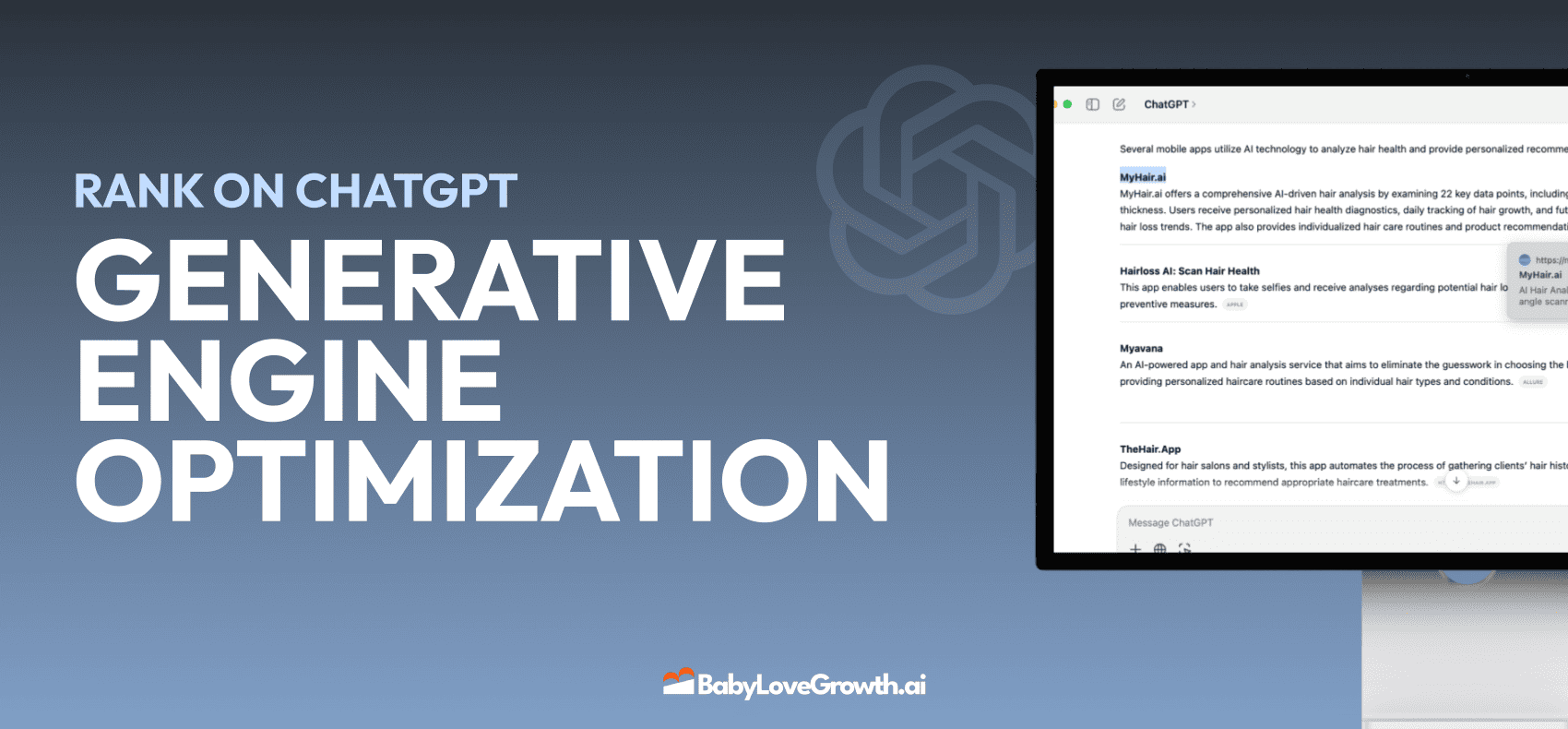
Generative Engine Optimization (GEO)
Learn how Generative Engine Optimization (GEO) helps your content rank in AI search engines like ChatGPT and Google AI. This comprehensive guide explains the differences between SEO and GEO, why it matters for your business, and practical steps to implement GEO strategies for better visibility in AI-generated responses.
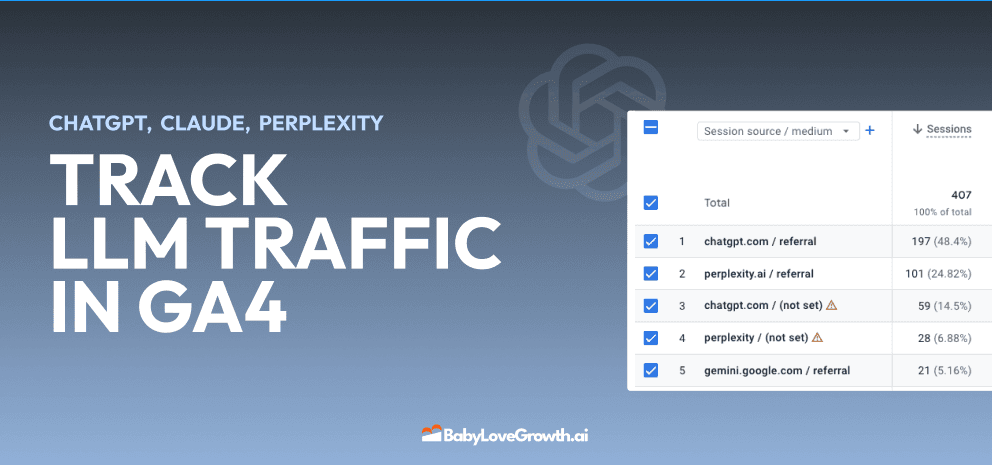
Track LLM Traffic in Google Analytics 4 (GA4)
Learn how to track and analyze traffic from AI sources like ChatGPT, Claude, Perplexity, and Google Gemini in Google Analytics 4. This step-by-step guide shows you how to set up custom filters to monitor AI-driven traffic and make data-driven decisions for your content strategy.

How to Humanize AI Text with Instructions
Learn practical techniques to make AI-generated content sound more natural and human. This guide covers active voice, direct addressing, concise writing, and other proven strategies to transform robotic text into engaging content.
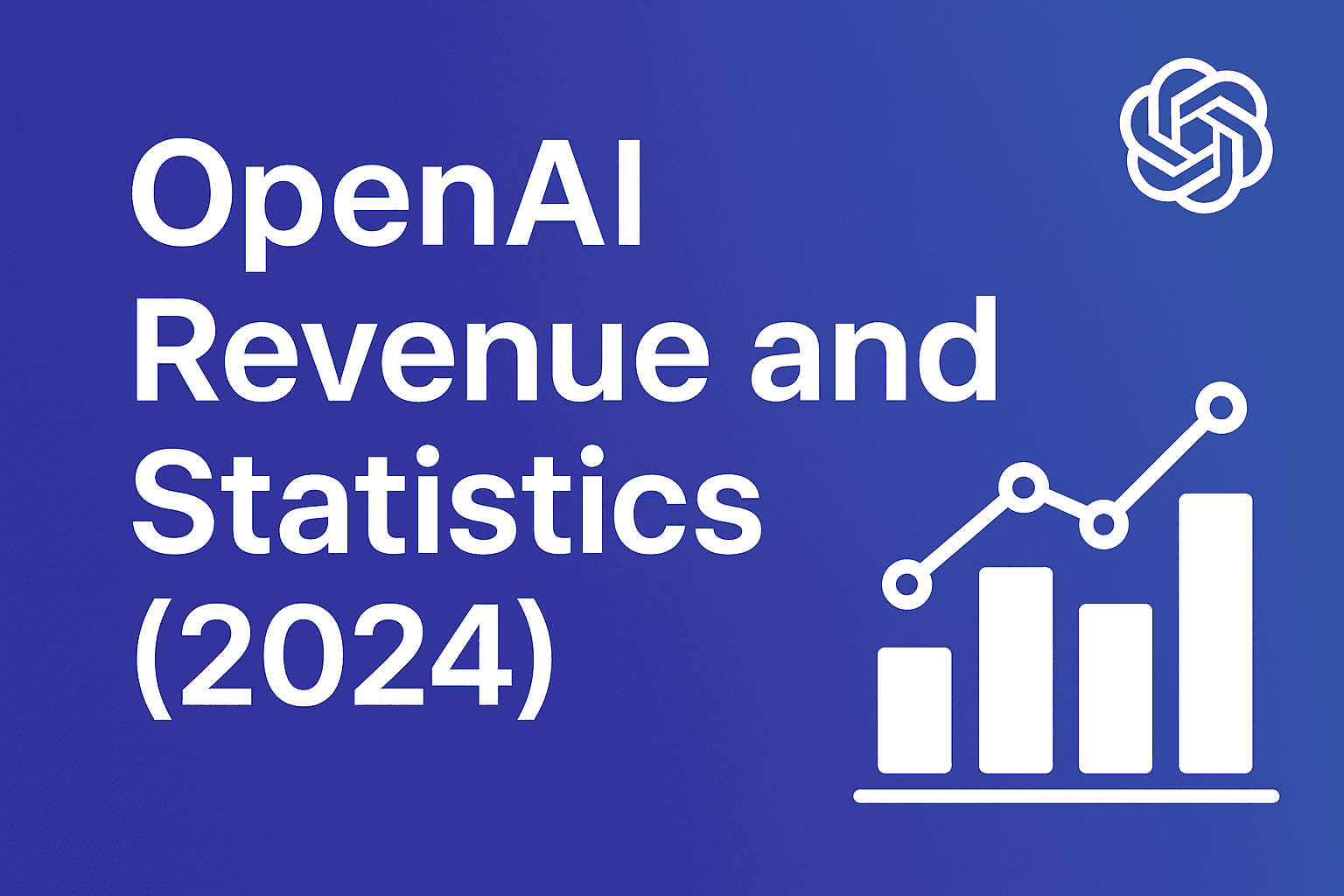
Open AI Revenue and Statistics (2024)
Comprehensive analysis of OpenAI financial performance, user engagement, and market position in 2023. Discover key statistics including $20B valuation, $1B projected revenue, and 100M+ monthly active users.